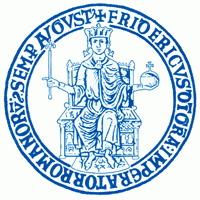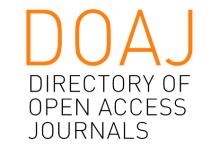Resource information
The set of models available to predict land use change in urban regions has become increasingly complex in recent years. Despite their complexity, the predictive power of these models remains relatively weak. This paper presents an example of an alternative modeling framework based on the concept of a Markov chain. The model assumes that land use at any given time, which is viewed as a discrete state, can be considered a function of only its previous state. The probability of transition between each pair of states is recorded as an element of a transition probability matrix. Assuming that this matrix is stationary over time, it can be used to predict future land use distributions from current data. To illustrate this process, a Markov chain model is estimated for the Minneapolis-St. Paul, MN, USA (Twin Cities) metropolitan region. Using a unique set of historical land use data covering several years between 1958 and 2005, the model is tested using historical data to predict recent conditions, and is then used to forecast the future distribution of land use decades into the future. We also use the cell-level data set to estimate the fraction of regional land use devoted to transportation facilities, including major highways, airports, and railways. The paper concludes with some comments on the strengths and weaknesses of Markov chains as a land use modeling framework, and suggests some possible extensions of the model.



